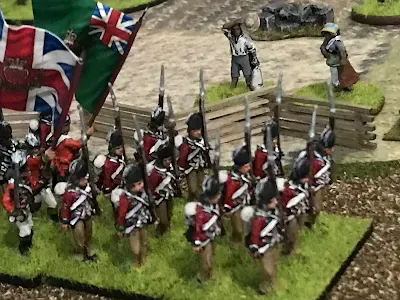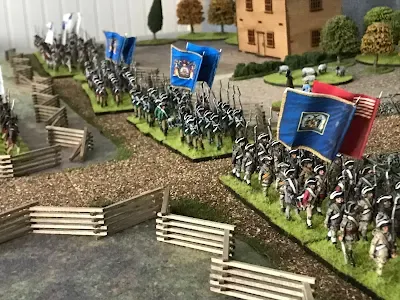 |
| Statue of the Burr Hamilton duel at Museum of Finance NYC |
In American history the phrase, "The Duel" means only one thing. On July 11, 1804, the two political rivals met on a dueling ground in Weehawken, New Jersey. Hamilton’s shot went high. Burr’s shot hit Hamilton in his abdomen, pierced his liver, and lodged in his spine. He died the next day.
The Burr-Hamilton duel is famous, but also misunderstood. The practice of dueling makes little sense from the distance of two centuries. Why would rational and intelligent men risk their lives? Hundreds of men faced each other on the field of honor in early America. They fought duels because dueling made sense to them.
 |
| Marker at Weehawken New Jersey |
What caused the Burr-Hamilton duel? In 1804, Burr ran for governor of New York and lost the election, due in part to Hamilton’s ardent opposition. The two men had been political rivals for fifteen years. So when a friend showed Burr some of Hamilton’s charges in a newspaper clipping—providing written proof of Hamilton’s insults—Burr acted.
The negotiation process was highly ritualized. At the outset of most honor disputes, an offended man would write a carefully phrased letter to his attacker demanding an explanation. From that point on, the two men would communicate through letters delivered by friends—known as "seconds"—who tried to negotiate an apology that appeased everyone and dishonored no one. In many cases, the seconds were successful, and there matters ended. Upon receiving Burr’s initial letter of inquiry, Hamilton may well have expected little more than a ritualized exchange of letters, particularly given that before 1804, Hamilton had been involved in ten bloodless honor disputes.
 |
| Burr |
Yet sometimes, an insulted man felt so wounded that only a life-threatening exchange of fire could repair the damagein his opinion. In such casesl by demanding an apology so extreme that no honorable man could concede to it. Burr did this when his negotiations with Hamilton went awry and spawned new insults. Feeling profoundly dishonored and desperate for a chance to redeem his name, Burr demanded that Hamilton apologize for all of his insults throughout their fifteen-year rivalry. Predictably, Hamilton refused, Burr challenged him to a duel, Hamilton accepted the challenge, and their seconds began planning their pending "interview" in Weehawken.
Even at this point, knowing that he would soon face Hamilton on the field of honor, Burr probably wasn’t eager to kill him. For political duelists, killing their opponent often did more harm than good, making them seem bloodthirsty, opening them to attack by their opponents, and making them liable for arrest. Burr suffered this fate after killing Hamilton. Political opponents accused him of being a dishonorable, merciless killer (insisting, for example, that he was wearing a bullet-proof silk coat during the duel, and that he laughed as he left the dueling ground). He was charged with murder in New Jersey and New York. With the public turned against him and criminal charges pending, Burr—the Vice President of the United States—fled to South Carolina and went into hiding.
 |
| Hamilton |
Was Hamilton trying to commit suicide by fighting a duel as some authors suggest? Probably not. There’s no denying that Hamilton was in low spirits in 1804. His political career was in decline. His political enemies, the Jeffersonian Republicans, were in power and seemed likely to stay there. And his oldest son Philip had died in a duel defending his father’s name three years past. Hamilton had reason to feel depressed. But given that deaths were relatively uncommon in political duels, it is highly unlikely that he was trying to kill himself by accepting Burr’s challenge. He had no reason to assume that he would die. By Hamilton’s logic, not accepting Burr’s challenge may have seemed suicidal; by dishonoring himself, he would have destroyed his reputation and career.
Why didn’t Hamilton decline Burr’s challenge? Why didn’t he just say no? For Hamilton, the answer was no, and he explained his reasoning in a four-page statement to be made public only in the event of his death. He didn’t want to fight Burr, he admitted, and for good reason: dueling violated his religious and moral principles, defied the law, threatened the welfare of his family, put his creditors at risk, and ultimately compelled him to "hazard much, and . . . possibly gain nothing." But by Hamilton’s logic, the duel seemed impossible to avoid. He couldn’t apologize for his insults, because he meant them. And during their negotiations, Hamilton and Burr had exchanged harsh words, making a duel near unavoidable. Equally important, Hamilton was thinking about his future—yet another reason to doubt that he was suicidal. Had he refused to duel, he explained, he would have been dishonored and thereby unable to assume a position of leadership during future crises in public affairs. To preserve his reputation as a leader, he had to accept Burr’s challenge.
 |
| The dueling pistols. Note that one was changed to cap from flint lock in the 1850's. |
What happened to Burr after the duel? After hiding in South Carolina for a time, Burr returned to Washington to resume his responsibilities as vice president. In 1805, ousted from the Vice Presidency after President Jefferson’s first term, and having destroyed his career in both national and New York State politics, Burr turned his gaze west, heading towards Mexico with a small band of men, his intentions unclear. But the Jefferson administration felt sure that he was planning something treasonous, perhaps plotting a revolution to separate western states from the Union. Tried for treason in 1807, Burr was acquitted and fled to Europe, where he remained in self-imposed exile until 1812, when he returned to New York and resumed his law practice, deeply in debt. He died on September 14, 1836.
Did the Burr-Hamilton duel end dueling in America? Hamilton’s death launched an outcry of anti-dueling sentiment. Religious and social reformers denounced dueling and demanded the enforcement of anti-dueling laws. Dueling was already in decline in the North, and Hamilton’s death likely furthered its fall. But it continued to thrive in the South. Increasingly viewed as a Southern practice, it died a slow death throughout the first half of the nineteenth century, with elite politicians using it to their advantage until its demise.
Lastly, there is that funny "Got Milk " commercial about the duel
And a remake of the commercial done with Leslie Odom Jr who p!ayed Burr in the musical Hamilton.





.webp)
.webp)






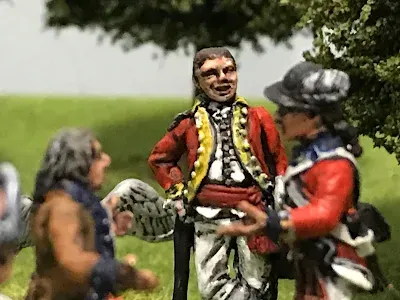
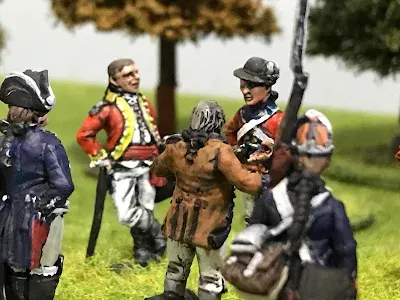







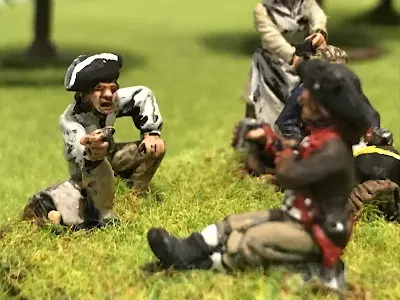








.webp)

.webp)





